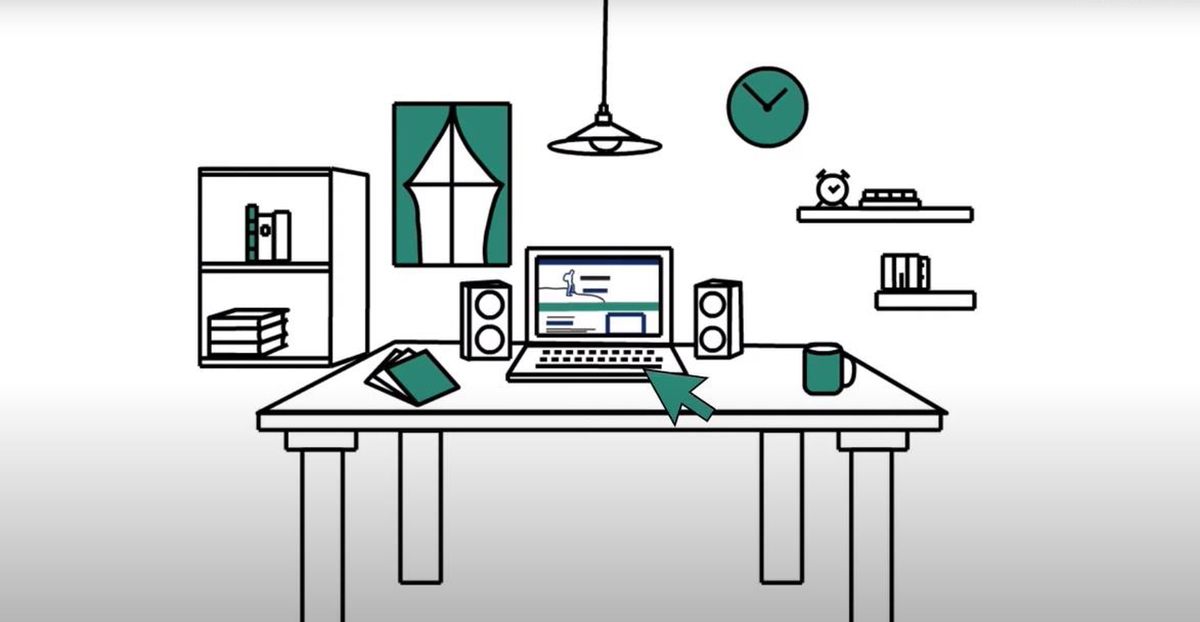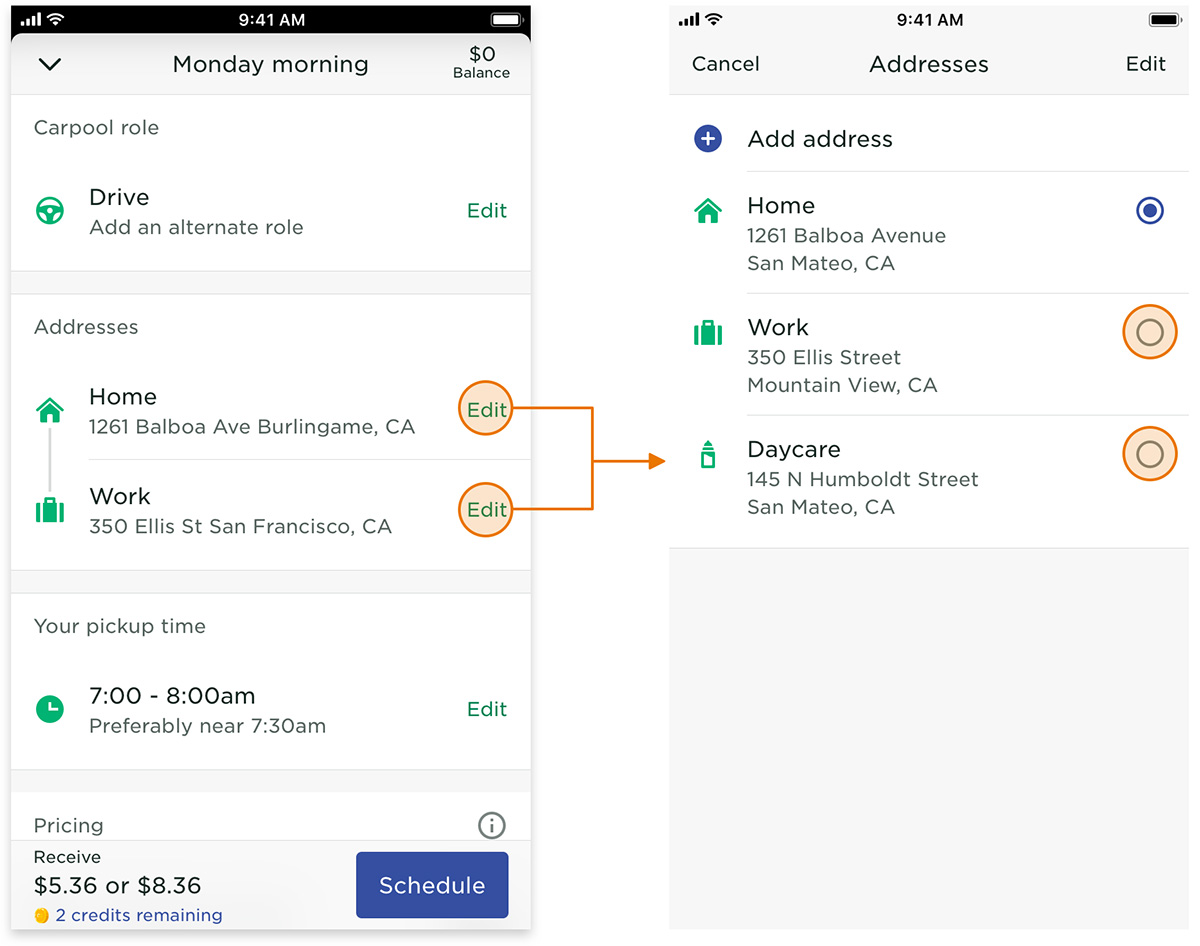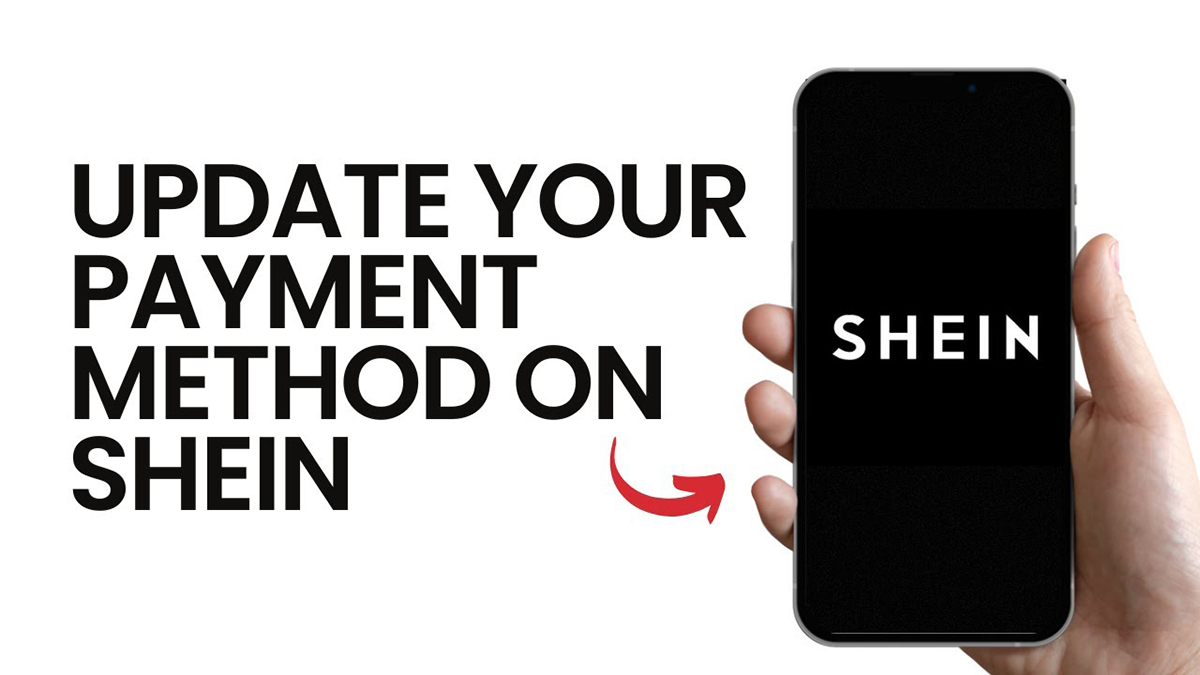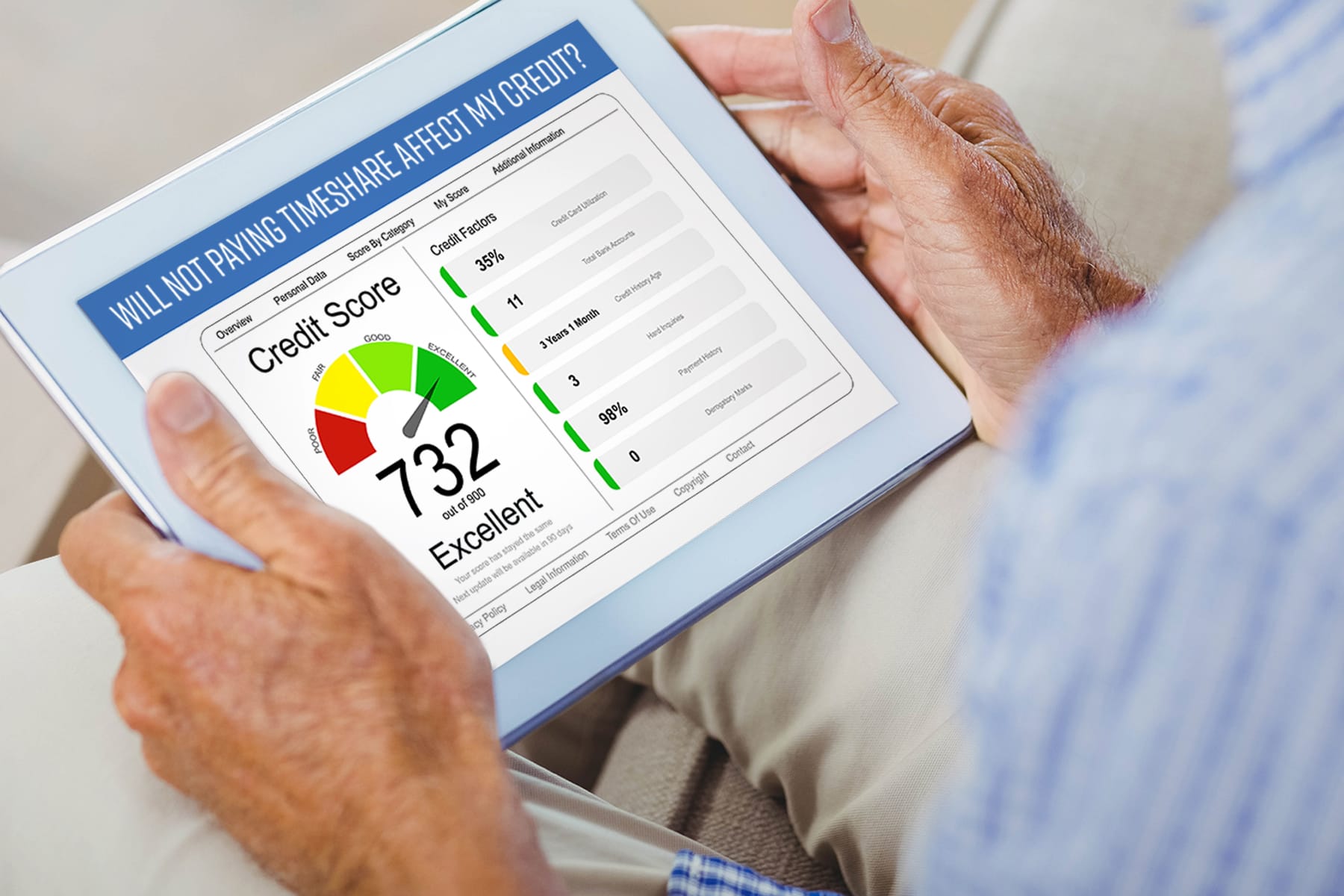Home>Finance>How Can I Change My Bank Information With The IRS


Finance
How Can I Change My Bank Information With The IRS
Published: November 1, 2023
Learn the step-by-step process to update your bank information with the IRS and ensure your financial transactions are managed smoothly. Discover how to make changes easily in your finance account.
(Many of the links in this article redirect to a specific reviewed product. Your purchase of these products through affiliate links helps to generate commission for LiveWell, at no extra cost. Learn more)
Table of Contents
Introduction
Changing your bank information with the Internal Revenue Service (IRS) may become necessary at some point. Whether you’ve recently switched banks, want to update your account information, or need to correct any errors, it’s essential to ensure that the IRS has accurate and up-to-date banking details.
The IRS uses your bank information for various purposes, such as issuing tax refunds, processing direct deposits for stimulus payments, and transferring other government benefits. Therefore, keeping your bank information current is crucial to ensure a smooth financial process and avoid any delays or complications.
In this article, we will explore why you might need to change your bank information with the IRS and guide you through the steps to do so. Whether you prefer using online tools or directly contacting the IRS, we’ll cover all the essential information you need to know.
It is important to note that the methods and procedures for updating your bank information may vary depending on different situations, such as tax refunds, Economic Impact Payments, or other government payments. We will provide you with the necessary information and options available to make the process as seamless as possible.
Let’s dive in and learn how you can change your bank information with the IRS!
Why Would I Need to Change My Bank Information with the IRS?
There are several reasons why you might need to change your bank information with the IRS. Here are some common scenarios:
- Bank Account Closure or Change: If you have recently closed your bank account or switched to a new bank, it’s vital to update your information with the IRS. This ensures that any future payment from the IRS, such as tax refunds or stimulus payments, is directed to your current bank account.
- Incorrect Bank Information: Mistakes happen, and if you provided incorrect bank information on your tax return or any other IRS forms, you’ll need to correct it. Incorrect banking details can lead to failed direct deposits or payments, causing delays in receiving your funds.
- Preventing Fraud: In cases where you suspect fraudulent activity or unauthorized access to your bank account, it’s advisable to change your bank information with the IRS. By updating your banking details, you can ensure that any future payments are directed to your new account, keeping your financial information secure.
- Receiving Government Benefits: Apart from tax refunds and stimulus payments, you might be receiving other government benefits that are directly deposited into your bank account. In such cases, updating your bank information with the IRS is crucial to ensure a seamless transfer of these benefits.
- Marriage, Divorce, or Name Change: Major life events such as marriage, divorce, or a legal name change can warrant an update to your bank information. It’s important to notify the IRS to ensure that any future payments are correctly addressed and deposited into your account.
No matter the reason, it is essential to keep your bank information with the IRS accurate and up to date. Failing to do so can lead to delays in receiving important payments or even the misdirection of funds to an incorrect bank account. By taking the necessary steps to change your bank information with the IRS, you can avoid any unwanted complications and ensure a smooth financial process.
How to Change Your Bank Information with the IRS
If you need to change your bank information with the IRS, there are a couple of options available to you. Here are two common methods you can use:
Option 1: Using the Get My Payment Tool
If you are looking to update your bank information for Economic Impact Payments, including stimulus payments, the IRS provides an online tool called the “Get My Payment” tool. Here’s how you can use it:
- Visit the IRS website at www.irs.gov/getmypayment.
- Click on the “Get My Payment” tool.
- Enter your Social Security Number (SSN) or Individual Taxpayer Identification Number (ITIN), date of birth, street address, and ZIP code.
- Click on “Continue” to proceed.
- If your payment status is available, you will be directed to a page where you can update your bank information. Input your new bank account number and routing number.
- Review the information and submit the changes.
It’s important to note that the “Get My Payment” tool can only be used for specific payment types, such as Economic Impact Payments. For other situations, like changing bank information for tax refunds, you may need to use a different method.
Option 2: Contacting the IRS Directly
If you are not eligible to use the “Get My Payment” tool or need to change your bank information for other payment types, reaching out to the IRS directly is an alternative option. Here’s what you can do:
- Call the IRS at their toll-free number, which can be found on the official IRS website.
- Provide the necessary information, such as your Social Security Number (SSN) or Individual Taxpayer Identification Number (ITIN), along with any other identification details required to verify your identity.
- Request to update your bank information with the IRS.
- Follow any further instructions provided by the IRS representative and provide any additional documentation if necessary.
It’s important to have your updated bank account number and routing number on hand when using either of these methods to ensure a smooth and accurate update of your bank information.
Remember, the process and requirements may vary depending on the specific payment type and your individual circumstances. It’s always best to visit the official IRS website or contact them directly to ensure you have the most up-to-date and accurate information for changing your bank information.
Option 1: Using the Get My Payment Tool
If you need to update your bank information specifically for Economic Impact Payments, including stimulus payments, the IRS provides a convenient online tool called “Get My Payment.” Follow these steps to use the tool:
- Go to the official IRS website at www.irs.gov/getmypayment.
- Click on the “Get My Payment” tool.
- Provide the necessary information, including your Social Security Number (SSN) or Individual Taxpayer Identification Number (ITIN), your date of birth, your street address, and your ZIP code.
- Click on “Continue” to proceed.
- Once your payment status is available, you will be directed to a page where you can update your bank information. Simply input your new bank account number and routing number.
- Take a moment to carefully review the information you have provided, ensuring the accuracy of your bank details.
- Click on “Submit” to finalize the changes.
The “Get My Payment” tool simplifies the process of updating your bank information for Economic Impact Payments. It eliminates the need for extensive paperwork or phone calls, allowing you to make the necessary changes conveniently online.
However, it’s important to note that the “Get My Payment” tool is specifically designed for Economic Impact Payments and may not be suitable for other payment types, such as tax refunds. Depending on your situation, you may need to explore alternative options to change your bank information for different payment categories.
Remember to have your updated bank account number and routing number readily available when using the “Get My Payment” tool. Double-check the accuracy of the information you provide to ensure that your payments are directed to the correct bank account.
If you encounter any issues or have questions while using the tool, the IRS website provides instructions and resources to assist you. They also have a dedicated helpline you can call for further assistance. The IRS aims to make the process as user-friendly as possible, ensuring that you can easily update your bank information and receive any eligible payments without delays.
Option 2: Contacting the IRS Directly
If you need to change your bank information with the IRS for payment types other than Economic Impact Payments, or if you prefer to handle the process offline, you can contact the IRS directly. Here’s how you can do it:
- Find the toll-free phone number for the IRS on their official website.
- Call the IRS and follow the instructions to reach the appropriate department.
- Provide the necessary information, such as your Social Security Number (SSN) or Individual Taxpayer Identification Number (ITIN), along with any other identification details required to verify your identity.
- Request to update your bank information with the IRS.
- Be prepared to answer any additional questions and provide any supporting documentation if requested by the IRS representative.
When contacting the IRS directly, it’s important to have your updated bank account number and routing number readily available. This will allow you to efficiently communicate the new information to the IRS representative handling your request.
It’s worth noting that contacting the IRS directly may involve a longer process compared to using online tools. Depending on call volumes and staffing availability, you may experience some wait time before reaching a representative. However, speaking to an IRS representative gives you the opportunity to address any specific questions or concerns you may have.
Remember to remain patient and polite throughout the process when contacting the IRS. Being prepared, providing accurate information, and following their instructions will ensure a smooth bank information update process.
If you encounter any difficulties or need further guidance, the official IRS website provides comprehensive information and resources to assist you. They have dedicated helplines for various inquiries, including updating bank information, so that you can get the support you need.
By contacting the IRS directly, you can confidently update your bank information and ensure that any future payments from the IRS are directed to the correct account, giving you peace of mind and avoiding any potential payment delays.
Important Points to Consider
When changing your bank information with the IRS, there are a few important points to keep in mind:
- Accuracy of Information: Ensure that you provide accurate and up-to-date bank information to the IRS. Double-check your bank account number and routing number to avoid any errors or delays in receiving payments.
- Timeliness: It’s essential to update your bank information as soon as possible, especially if you anticipate any upcoming payments or refunds from the IRS. Promptly notifying the IRS of any changes can help ensure a smooth transfer process.
- Payment Type Specifics: Different payment types may have specific processes for updating bank information. For example, the “Get My Payment” tool is primarily designed for Economic Impact Payments. Make sure you understand the requirements and procedures for the specific payment you are updating your bank information for.
- Identity Verification: Understand that the IRS may have processes in place to verify your identity before allowing changes to your bank information. Be prepared to provide the necessary identification details and follow the instructions provided by the IRS to complete the verification process successfully.
- Other Government Agencies: If you receive benefits or payments from other government agencies, such as Social Security or Veterans Affairs, you may need to update your bank information with them separately. Changing your bank information with the IRS does not automatically update it with other agencies.
- Documentation: Stay organized and keep a record of any communication, reference numbers, or documentation related to your bank information change request. This may be helpful in case of any future issues or inquiries.
- Communication Channels: Utilize the official IRS website as a reliable source of information. If you need to contact the IRS, use the provided toll-free phone numbers or online resources to ensure you are connecting with legitimate IRS representatives.
- Patience and Persistence: Changing bank information with the IRS may require some time and effort. Be patient and persistent throughout the process, following up as necessary to ensure your bank information is properly updated.
Remember, keeping your bank information accurate and up to date with the IRS is crucial to ensure the smooth processing of payments and prevent any unnecessary delays. Stay informed and proactive when it comes to updating your bank information, and don’t hesitate to reach out to the IRS for assistance if needed.
By adhering to these important points, you can navigate the process of changing your bank information with the IRS successfully and enjoy a hassle-free payment experience.
Conclusion
Changing your bank information with the IRS is a critical step to ensure that you receive tax refunds, stimulus payments, and other government benefits without any complications or delays. Whether you choose to use the “Get My Payment” tool or contact the IRS directly, updating your bank details is a straightforward process that can be done online or through phone communication.
Remember, maintaining accurate and up-to-date bank information with the IRS is essential to avoid misdirected payments or potential security risks. Whether you recently switched banks, need to correct errors, or have experienced major life events like marriage or divorce, taking the time to update your bank information is crucial.
By using the “Get My Payment” tool, you can conveniently update your bank information specifically for Economic Impact Payments. This online tool simplifies the process and allows you to input your new bank account number and routing number with ease.
If you need to change your bank information for payment types other than Economic Impact Payments or prefer offline communication, contacting the IRS directly is another viable option. By reaching out to the IRS and following their instructions, you can ensure that your bank information is updated correctly.
Throughout the process, it’s important to consider key factors like accuracy, timeliness, and the specific requirements for your payment type. Be prepared to verify your identity and have the necessary documentation readily available to expedite the process.
Remember to stay patient, persistent, and organized. Keep track of any communication and documentation related to your bank information change. If you have any questions or encounter difficulties, utilize the resources provided by the IRS website and contact them for assistance.
In conclusion, by promptly and accurately updating your bank information with the IRS, you can have peace of mind knowing that your payments and refunds will be directed to the correct bank account. Take the necessary steps to ensure your financial transactions with the IRS are seamless and hassle-free.














